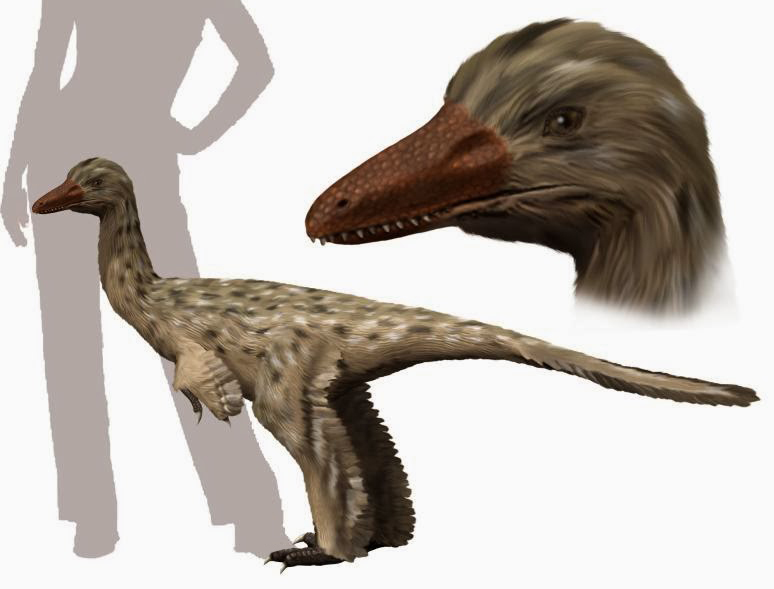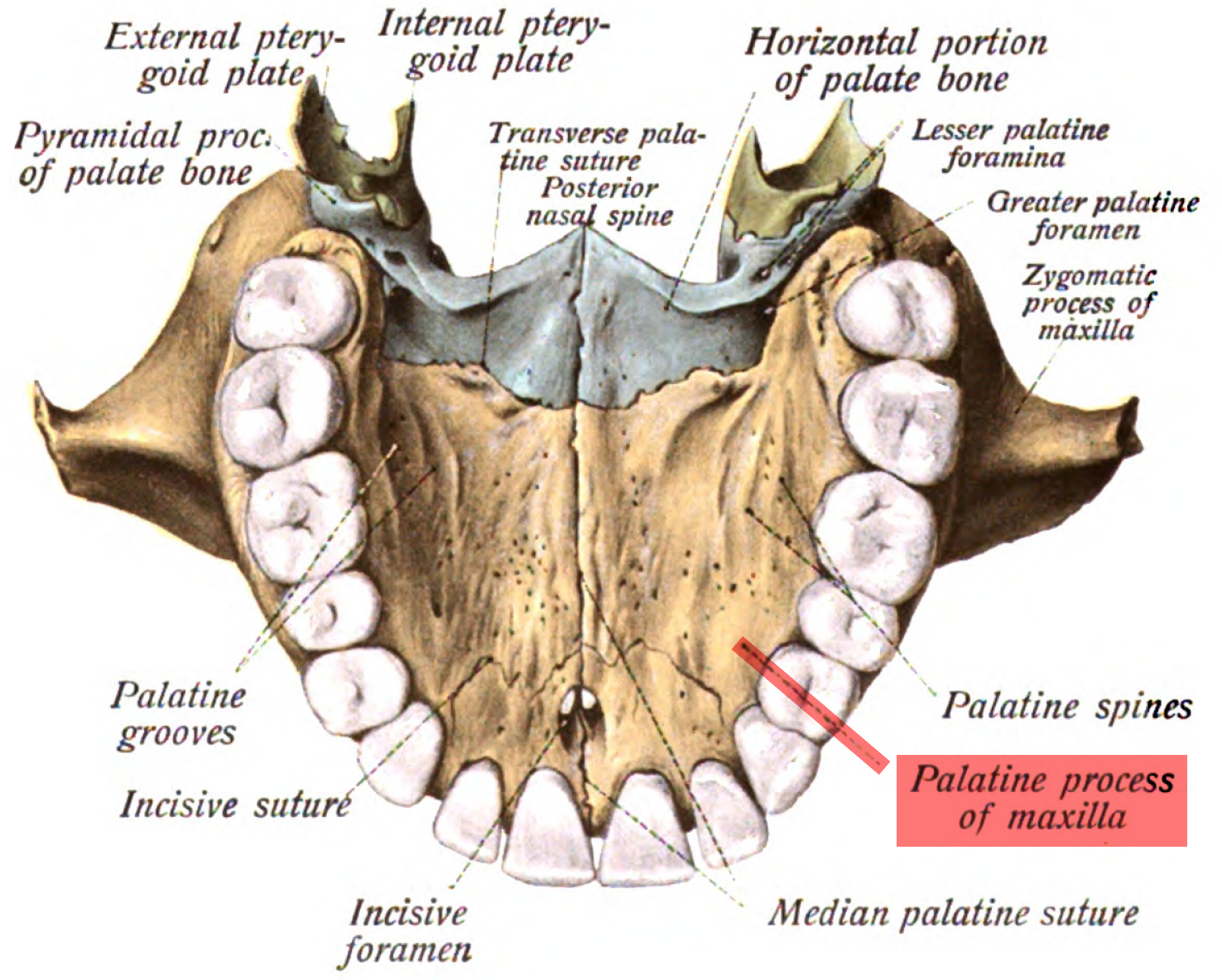|
Liaoningvenator Curriei
''Liaoningvenator'' (meaning " Liaoning hunter") is a genus of troodontid theropod dinosaur from the Early Cretaceous of China. It contains a single species, ''L. curriei'', named after paleontologist Phillip J. Currie in 2017 by Shen Cai-Zhi and colleagues from an articulated, nearly complete skeleton, one of the most complete troodontid specimens known. Shen and colleagues found indicative traits that placed ''Liaoningvenator'' within the Troodontidae. These traits included its numerous, small, and closely packed teeth, as well as the vertebrae towards the end of its tail having shallow grooves in place of neural spines on their top surfaces. Within the Troodontidae, the closest relative of ''Liaoningvenator'' was ''Eosinopteryx'', and it was also closely related to ''Anchiornis'' and ''Xiaotingia''; while these have traditionally been placed outside the Troodontidae, the phylogenetic analysis conducted by Shen and colleagues offered evidence supporting the alternative identifi ... [...More Info...] [...Related Items...] OR: [Wikipedia] [Google] [Baidu] |
Barremian
The Barremian is an age in the geologic timescale (or a chronostratigraphic stage) between 129.4 ± 1.5 Ma ( million years ago) and 121.4 ± 1.0 Ma). It is a subdivision of the Early Cretaceous Epoch (or Lower Cretaceous Series). It is preceded by the Hauterivian and followed by the Aptian Stage.See Gradstein ''et al.'' (2004) or the online geowhen database (link below) Stratigraphic definitions The original type locality for the Barremian Stage is in the vicinity of the village of Barrême, Alpes-de-Haute-Provence, France. Henri Coquand defined the stage and named it in 1873. The base of the Barremian is determined by the first appearance of the ammonites ''Spitidiscus hugii'' and ''Spitidiscus vandeckii''. The end of the Barremian is determined by the geomagnetic reversal at the start of the M0r chronozone, which is biologically near the first appearance of the ammonite '' Paradeshayesites oglanlensis''. Regional equivalents The Barremian falls in the Gallic epoc ... [...More Info...] [...Related Items...] OR: [Wikipedia] [Google] [Baidu] |
Stratum
In geology and related fields, a stratum ( : strata) is a layer of rock or sediment characterized by certain lithologic properties or attributes that distinguish it from adjacent layers from which it is separated by visible surfaces known as either '' bedding surfaces'' or ''bedding planes''.Salvador, A. ed., 1994. ''International stratigraphic guide: a guide to stratigraphic classification, terminology, and procedure. 2nd ed.'' Boulder, Colorado, The Geological Society of America, Inc., 215 pp. . Prior to the publication of the International Stratigraphic Guide, older publications have defined a stratum as either being either equivalent to a single bed or composed of a number of beds; as a layer greater than 1 cm in thickness and constituting a part of a bed; or a general term that includes both ''bed'' and '' lamina''.Neuendorf, K.K.E., Mehl, Jr., J.P., and Jackson, J.A. , eds., 2005. ''Glossary of Geology'' 5th ed. Alexandria, Virginia, American Geological Institute. 779 pp. ... [...More Info...] [...Related Items...] OR: [Wikipedia] [Google] [Baidu] |
Quadrate Bone
The quadrate bone is a skull bone in most tetrapods, including amphibians, sauropsids (reptiles, birds), and early synapsids. In most tetrapods, the quadrate bone connects to the quadratojugal and squamosal bones in the skull, and forms upper part of the jaw joint. The lower jaw articulates at the articular bone, located at the rear end of the lower jaw. The quadrate bone forms the lower jaw articulation in all classes except mammals. Evolutionarily, it is derived from the hindmost part of the primitive cartilaginous upper jaw. Function in reptiles In certain extinct reptiles, the variation and stability of the morphology of the quadrate bone has helped paleontologists in the species-level taxonomy and identification of mosasaur squamates and spinosaurine dinosaurs. In some lizards and dinosaurs, the quadrate is articulated at both ends and movable. In snakes, the quadrate bone has become elongated and very mobile, and contributes greatly to their ability to swallow ve ... [...More Info...] [...Related Items...] OR: [Wikipedia] [Google] [Baidu] |
Jugal Bone
The jugal is a skull bone found in most reptiles, amphibians and birds. In mammals, the jugal is often called the malar or zygomatic. It is connected to the quadratojugal and maxilla, as well as other bones, which may vary by species. Anatomy The jugal bone is located on either side of the skull in the circumorbital region. It is the origin of several masticatory muscles in the skull. The jugal and lacrimal bones are the only two remaining from the ancestral circumorbital series: the prefrontal, postfrontal, postorbital, jugal, and lacrimal bones. During development, the jugal bone originates from dermal bone. In dinosaurs This bone is considered key in the determination of general traits in cases in which the entire skull has not been found intact (for instance, as with dinosaurs in paleontology). In some dinosaur genera the jugal also forms part of the lower margin of either the antorbital fenestra or the infratemporal fenestra, or both. Most commonly, this bone art ... [...More Info...] [...Related Items...] OR: [Wikipedia] [Google] [Baidu] |
Skeletal Pneumaticity
Skeletal pneumaticity is the presence of air spaces within bones. It is generally produced during development by excavation of bone by pneumatic diverticula (air sacs) from an air-filled space, such as the lungs or nasal cavity. Pneumatization is highly variable between individuals, and bones not normally pneumatized can become pneumatized in pathological development. Cranial pneumaticity Pneumatization occurs in the skulls of mammals, crocodilians and birds among extant tetrapods. Pneumatization has been documented in extinct archosaurs including dinosaurs and pterosaurs. Pneumatic spaces include the paranasal sinuses and some of the mastoid cells. Postcranial pneumaticity Postcranial pneumaticity is found largely in certain archosaur groups, namely dinosaurs, pterosaurs, and birds. Vertebral pneumatization is widespread among saurischian dinosaurs, and some theropods have quite widespread pneumatization, for example ''Aerosteon riocoloradensis'' has pneumatization of the il ... [...More Info...] [...Related Items...] OR: [Wikipedia] [Google] [Baidu] |
Zanabazar
Öndör Gegeen Zanabazar, , , "High Saint Zanabazar"; 1635–1723 (born Eshidorji) was the sixteenth ''Jebtsundamba Khutuktu'' and the first ''Bogd Gegeen'' or supreme spiritual authority, of the Gelugpa (Yellow Hat) lineage of Tibetan Buddhism in Mongolia. The son of a Mongol Tüsheet Khan, Zanabazar was declared spiritual leader of Khalkha Mongols by a convocation of nobles in 1639 when he was just four years old. The 5th Dalai Lama (1617–1682) later recognized him as the reincarnation of the Buddhist scholar Taranatha and bestowed on him the Sanskrit name ''Jñānavajra'' (Sanskrit: ज्ञानवज्र, ''Zanabazar'' in Mongolian) meaning "thunderbolt scepter of wisdom". Over the course of nearly 60 years, Zanabazar advanced the Gelugpa school of Buddhism among the Mongols, supplanting or synthesizing Sakya or "Red Hat" Buddhist traditions that had prevailed in the area, while strongly influencing social and political developments in 17th century Mongolia. His close ... [...More Info...] [...Related Items...] OR: [Wikipedia] [Google] [Baidu] |
Postorbital Bone
The ''postorbital'' is one of the bones in vertebrate skulls which forms a portion of the dermal skull roof and, sometimes, a ring about the orbit. Generally, it is located behind the postfrontal and posteriorly to the orbital fenestra. In some vertebrates, the postorbital is fused with the postfrontal to create a postorbitofrontal. Birds have a separate postorbital as an embryo An embryo is an initial stage of development of a multicellular organism. In organisms that reproduce sexually, embryonic development is the part of the life cycle that begins just after fertilization of the female egg cell by the male sperm ..., but the bone fuses with the frontal before it hatches. References * Roemer, A. S. 1956. ''Osteology of the Reptiles''. University of Chicago Press. 772 pp. Skull {{Vertebrate anatomy-stub ... [...More Info...] [...Related Items...] OR: [Wikipedia] [Google] [Baidu] |
Gobivenator
''Gobivenator'' is an extinct genus of troodontid theropod dinosaur known from the late Campanian Djadokhta Formation of central Gobi Desert, Mongolia. It contains a single species, ''Gobivenator mongoliensis''. ''G. mongoliensis'' is known from a single individual, which represents the most complete specimen of a Late Cretaceous troodontid currently known. Discovery ''Gobivenator'' was first described and named by Takanobu Tsuihiji, Rinchen Barsbold, Mahito Watabe, Khishigjav Tsogtbaatar, Tsogtbaatar Chinzorig, Yoshito Fujiyama and Shigeru Suzuki in 2014 and the type species is ''Gobivenator mongoliensis''. The generic name is derived from the name of the Gobi Desert, where the holotype was found, and ''venator'' meaning "hunter" in Latin. The specific name refers to its occurrence in Mongolia, as the Latin suffix ''-ensis'' means "from". ''Gobivenator'' is known solely from the holotype MPC-D 100/86, a nearly complete and articulated skeleton including the skull, housed at t ... [...More Info...] [...Related Items...] OR: [Wikipedia] [Google] [Baidu] |
Byronosaurus
''Byronosaurus'' is a genus of troodontid dinosaur from the Late Cretaceous Period of Mongolia. Discovery and naming In 1993, Michael Novacek, a member of an American Museum of Natural History expedition to the Gobi Desert, discovered the skeleton of a small theropod at Ukhaa Tolgod. This was further excavated in 1994 and 1995. The find was illustrated in a publication in 1994. On 15 July 1996, at the Bolor's Hill site, about eight kilometers (five miles) away from the original location, a second specimen was discovered, a skull. In 2000, Mark Norell, Peter Makovicky and James Clark named and described the type species ''Byronosaurus jaffei''. The species name as a whole honoured Byron Jaffe, "in recognition of his family's support for the Mongolian Academy of Sciences-American Museum of Natural History Paleontological Expeditions". The holotype, IGM 100/983, was found in a layer of the Djadochta Formation dating from the late Campanian. It consists of a partial skeleton w ... [...More Info...] [...Related Items...] OR: [Wikipedia] [Google] [Baidu] |
Secondary Palate
The secondary palate is an anatomical structure that divides the nasal cavity from the oral cavity in many vertebrates. In human embryology, it refers to that portion of the hard palate that is formed by the growth of the two palatine shelves medially and their mutual fusion in the midline. It forms the majority of the adult palate and meets the primary palate at the incisive foramen. Clinical significance Secondary palate development begins in the sixth week of pregnancy and can lead to cleft palate when development goes awry. There are three major mechanisms known to cause this failure: #Growth retardation — Palatal shelves do not grow enough to meet each other. #Mechanical obstruction — Improper mouth size, or abnormal anatomical structures in the embryonic mouth prevent fully grown shelves from meeting each other. #Midline epithelial dysfunction (MED)Dudas et al. (2007): Palatal fusion – Where do the midline cells go? A review on cleft palate, a major ... [...More Info...] [...Related Items...] OR: [Wikipedia] [Google] [Baidu] |
Antorbital Fenestra
An antorbital fenestra (plural: fenestrae) is an opening in the skull that is in front of the eye sockets. This skull character is largely associated with archosauriforms, first appearing during the Triassic Period. Among extant archosaurs, birds still possess antorbital fenestrae, whereas crocodylians have lost them. The loss in crocodylians is believed to be related to the structural needs of their skulls for the bite force and feeding behaviours that they employ.Preushscoft, H., Witzel, U. 2002. Biomechanical Investigations on the Skulls of Reptiles and Mammals. Senckenbergiana Lethaea 82:207–222.Rayfield, E.J., Milner, A.C., Xuan, V.B., Young, P.G. 2007. Functional Morphology of Spinosaur "Crocodile Mimic" Dinosaurs. JVP. 27(4):892–901. In some archosaur species, the opening has closed but its location is still marked by a depression, or fossa, on the surface of the skull called the antorbital fossa. The antorbital fenestra houses a paranasal sinus that is confluent with ... [...More Info...] [...Related Items...] OR: [Wikipedia] [Google] [Baidu] |
Maxilla
The maxilla (plural: ''maxillae'' ) in vertebrates is the upper fixed (not fixed in Neopterygii) bone of the jaw formed from the fusion of two maxillary bones. In humans, the upper jaw includes the hard palate in the front of the mouth. The two maxillary bones are fused at the intermaxillary suture, forming the anterior nasal spine. This is similar to the mandible (lower jaw), which is also a fusion of two mandibular bones at the mandibular symphysis. The mandible is the movable part of the jaw. Structure In humans, the maxilla consists of: * The body of the maxilla * Four processes ** the zygomatic process ** the frontal process of maxilla ** the alveolar process ** the palatine process * three surfaces – anterior, posterior, medial * the Infraorbital foramen * the maxillary sinus * the incisive foramen Articulations Each maxilla articulates with nine bones: * two of the cranium: the frontal and ethmoid * seven of the face: the nasal, zygomatic, lacrimal, ... [...More Info...] [...Related Items...] OR: [Wikipedia] [Google] [Baidu] |

.jpg)




